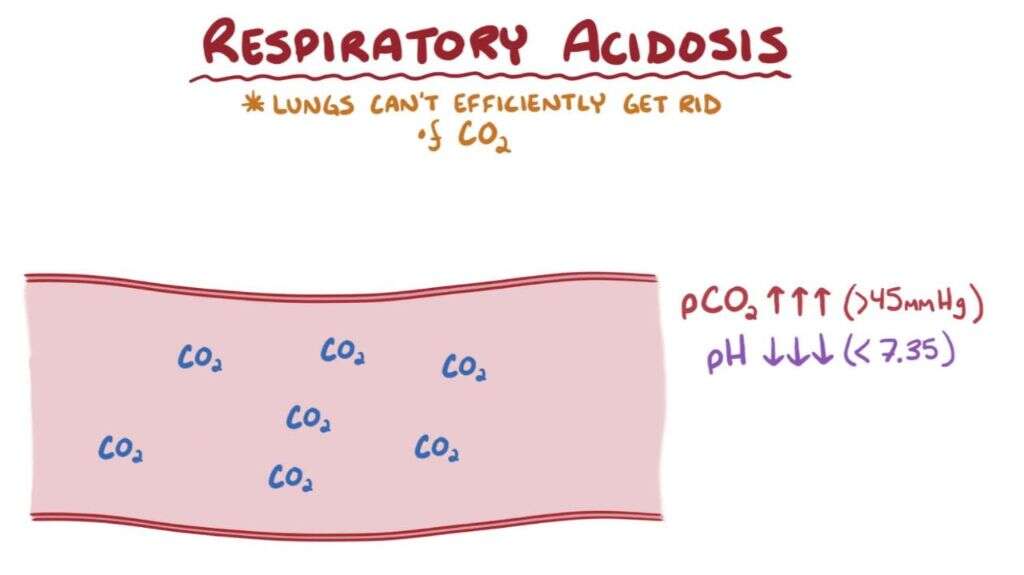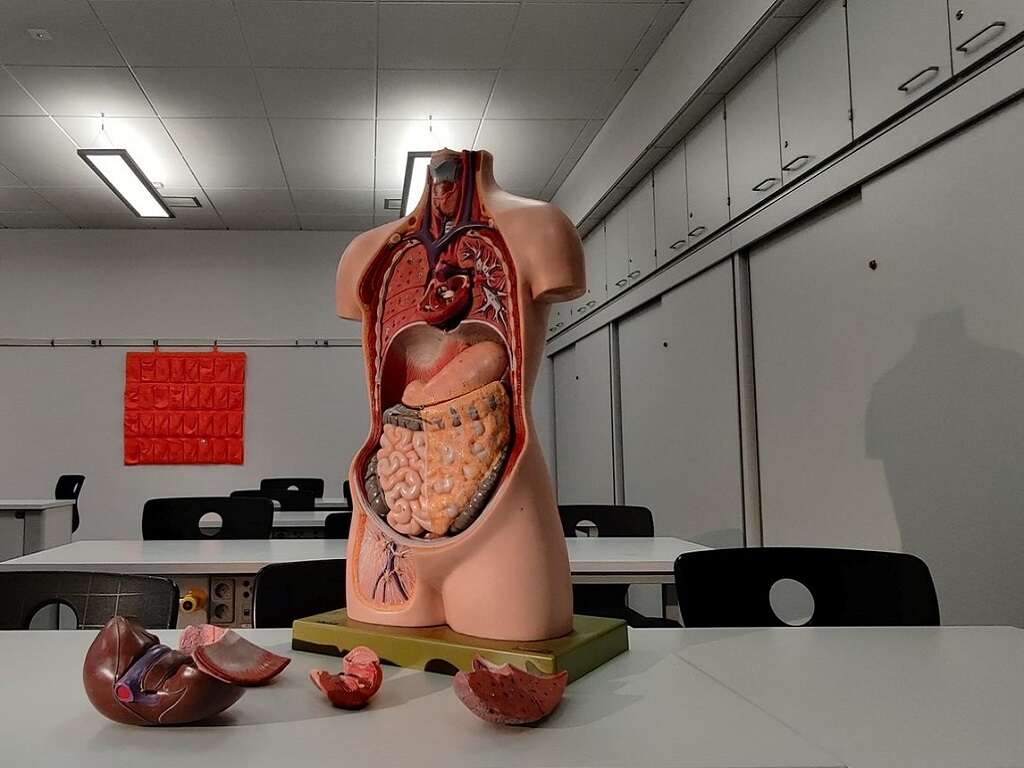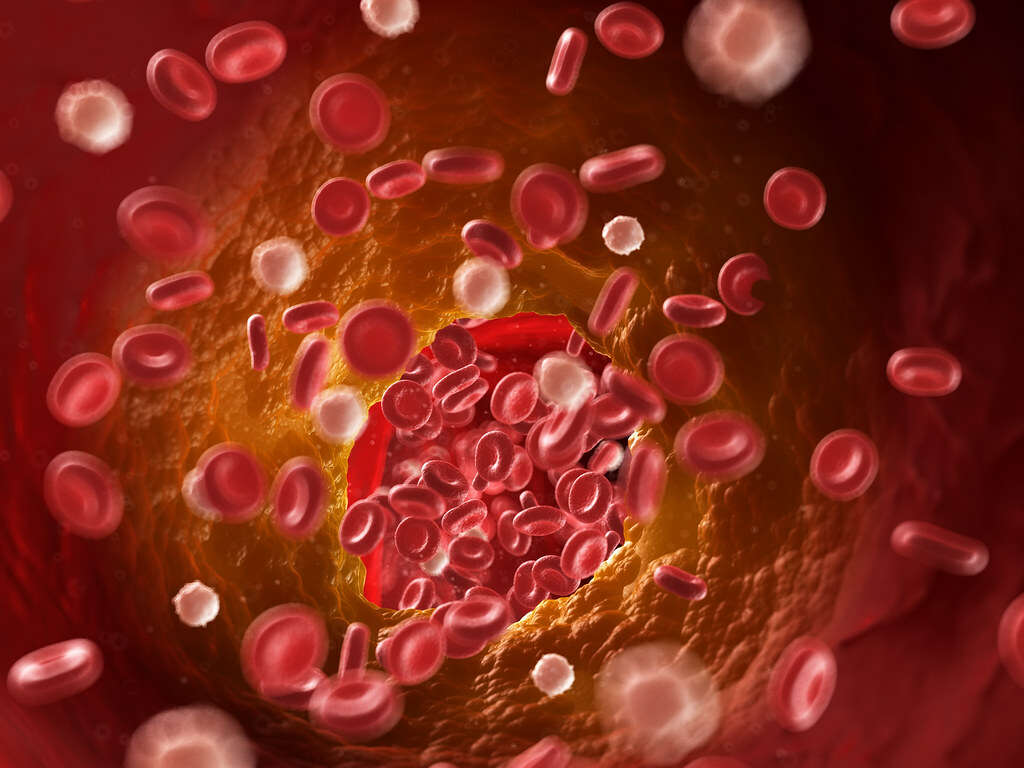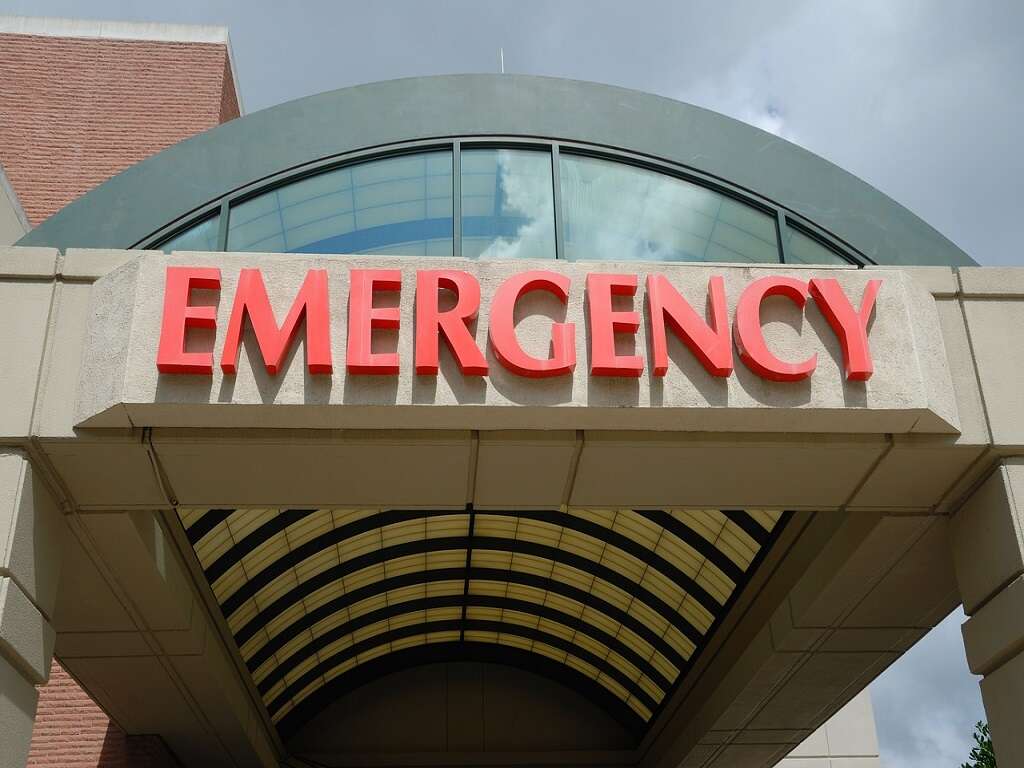What Is Hypercapnia?
2. Signs and Symptoms
Hypercapnia usually occurs due to an underlying health condition. Some of the specific symptoms in early hypercapnia include breathlessness, confusion, lethargy, and headache. The patient may appear flushed, have rapid breathing, twitching muscles, have a bounding pulse, premature heart beats, and asterixis (hand flapping).
It is important to realize that the signs and symptoms may be confusing especially if there are underlying conditions. When severe hypercapnia occurs, patients can experience more severe symptoms such as panic, disorientation, convulsions, hyperventilation, loss of consciousness, and death. Severe hypercapnia generally occurs when the partial pressure of carbon dioxide is more than 75 mmHg.
Advertisement












